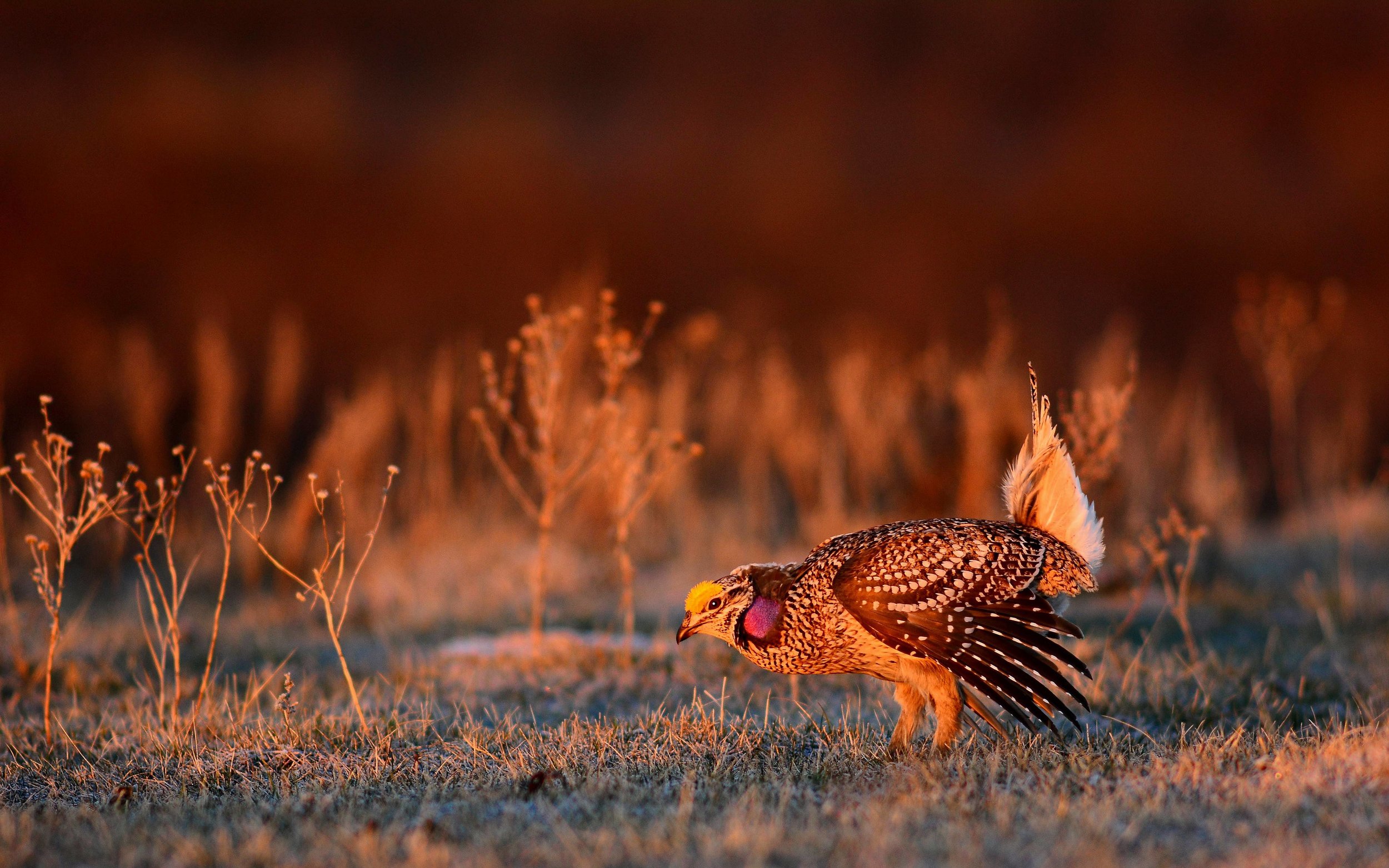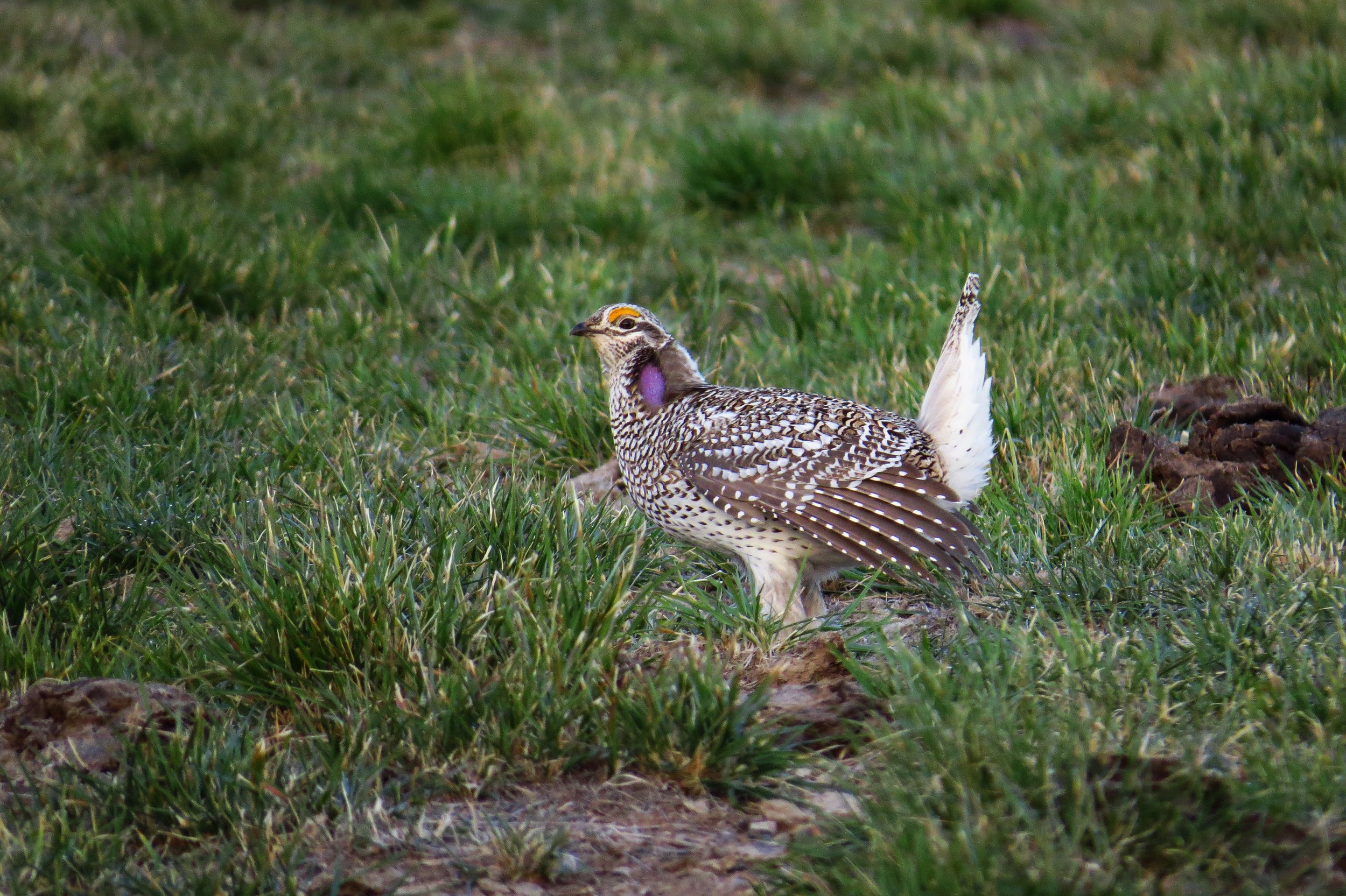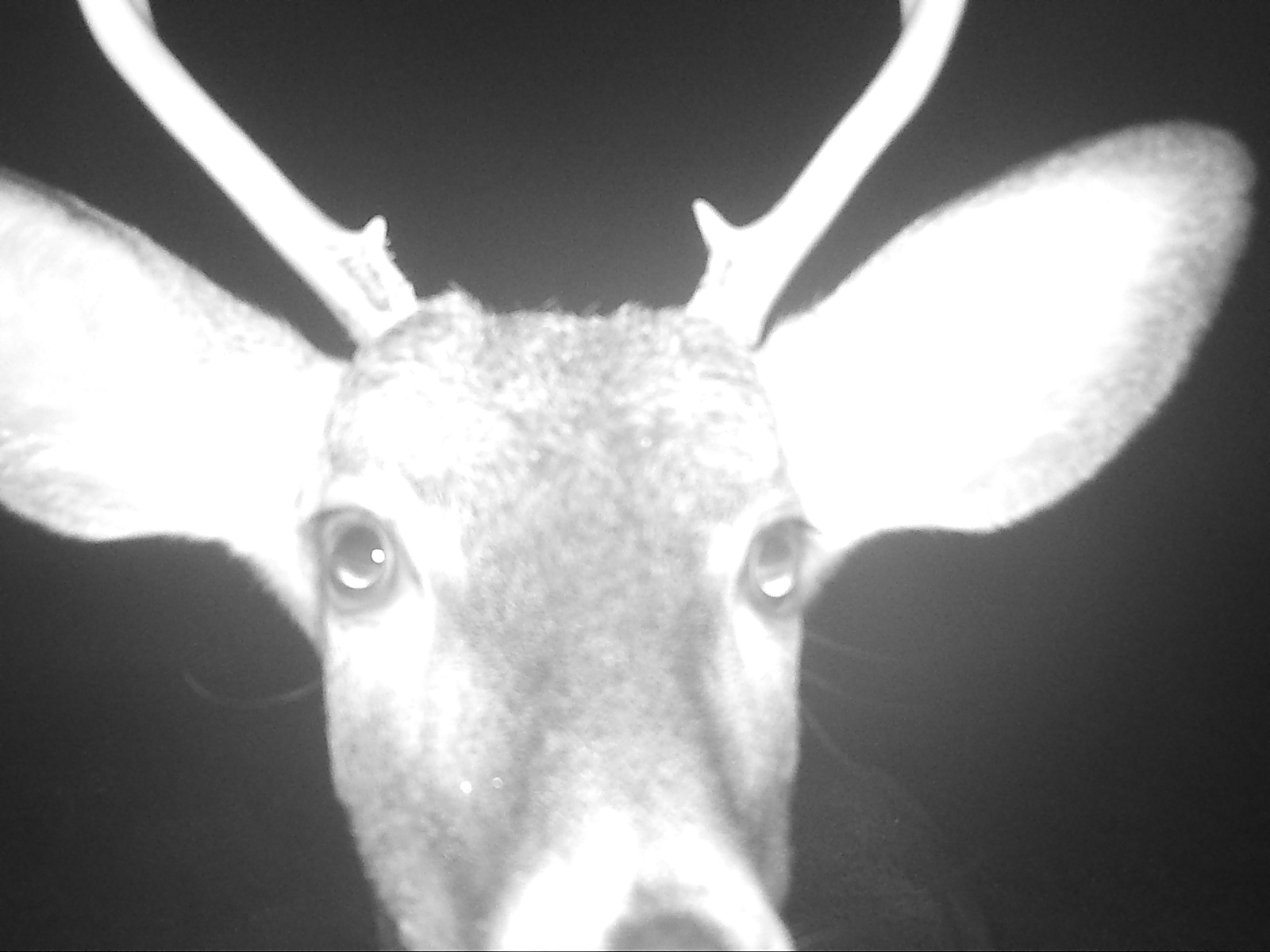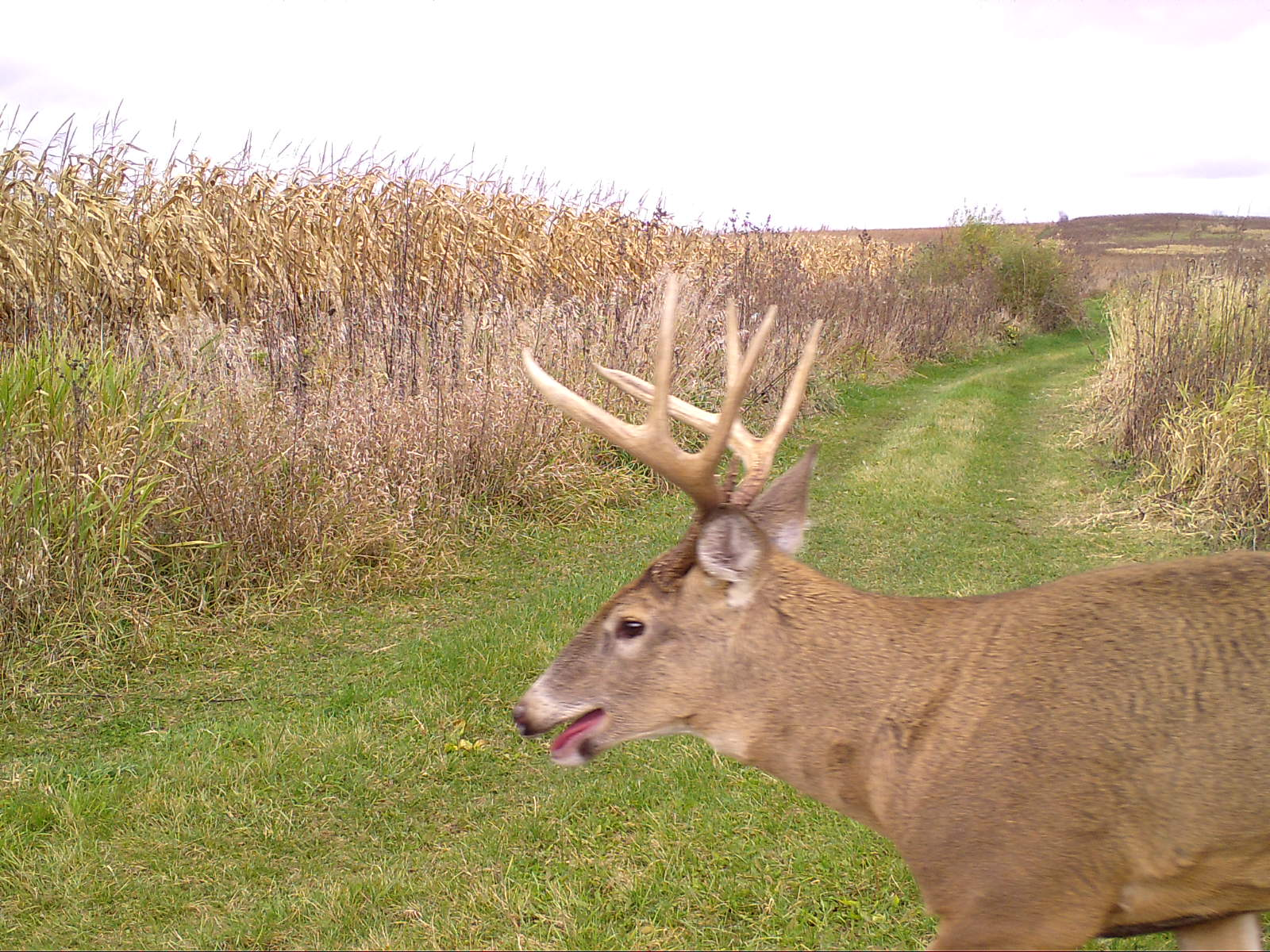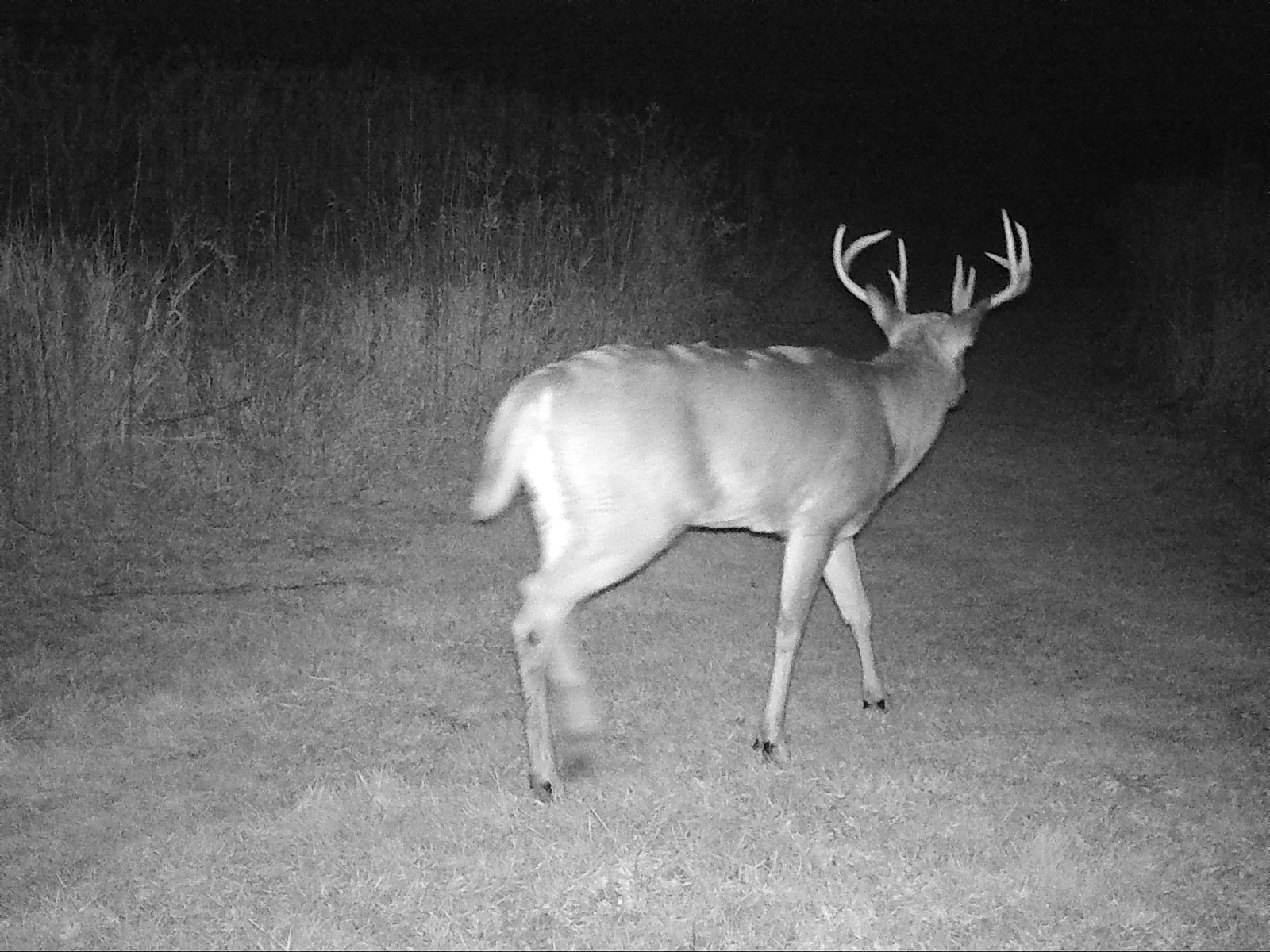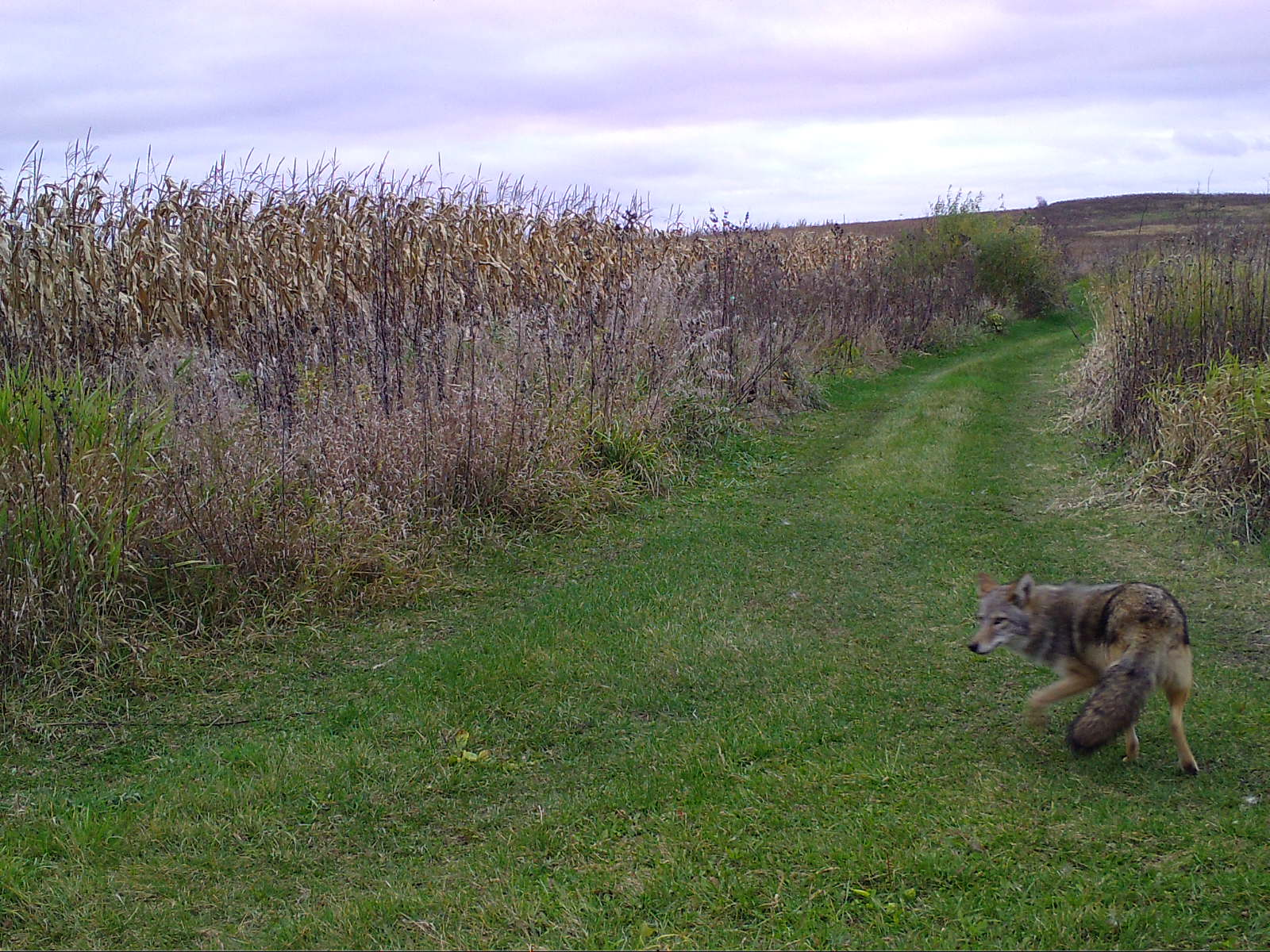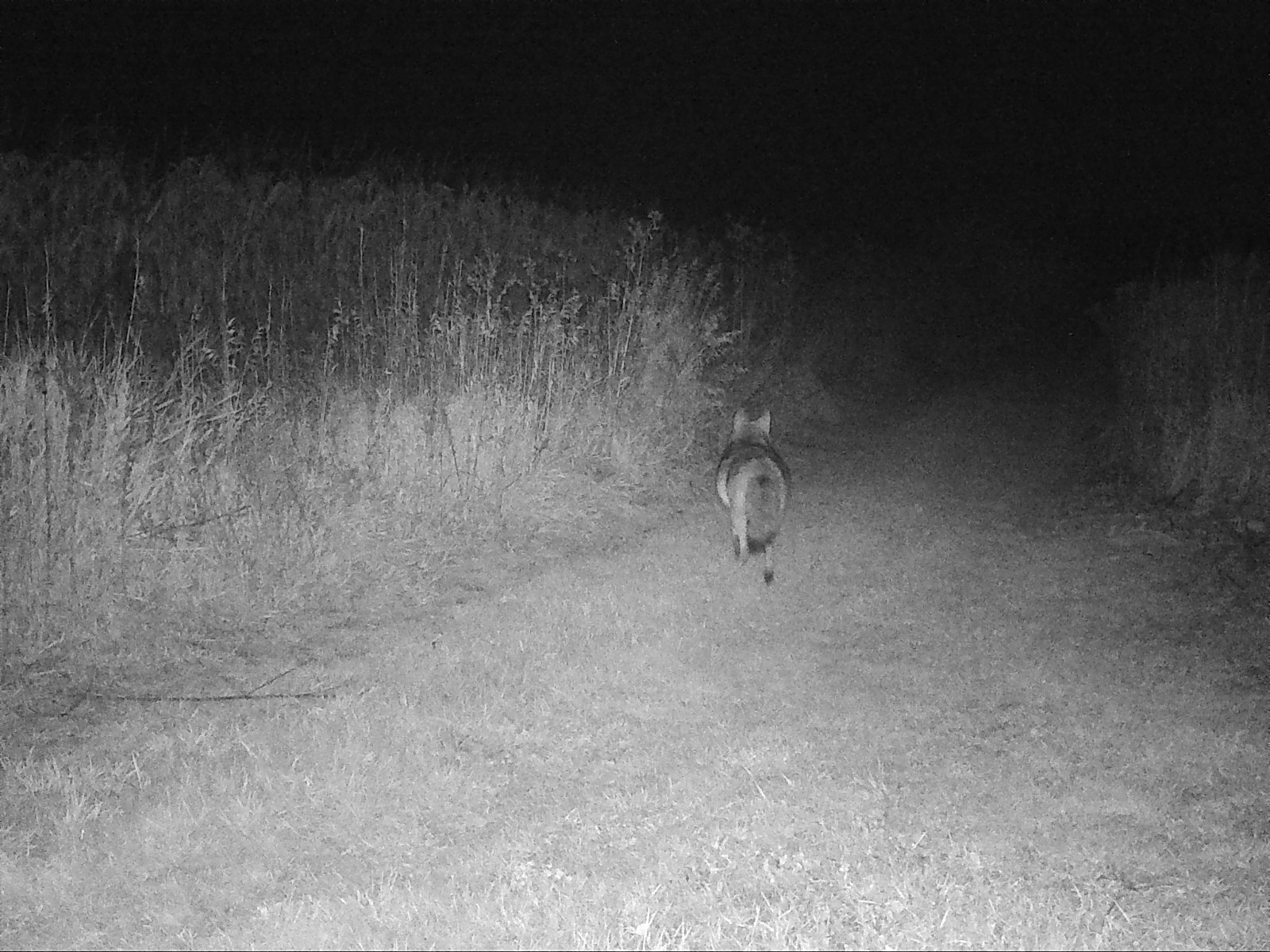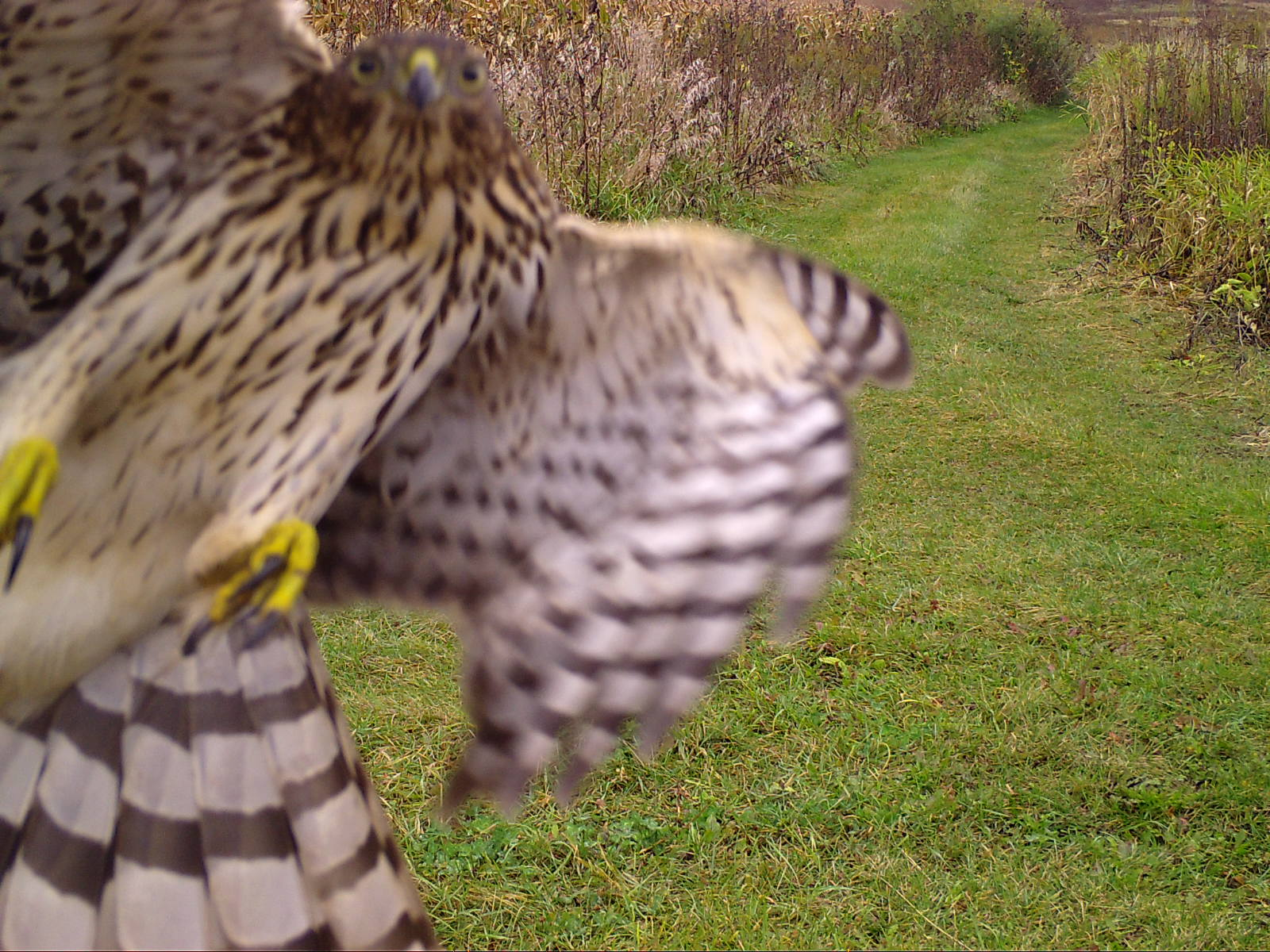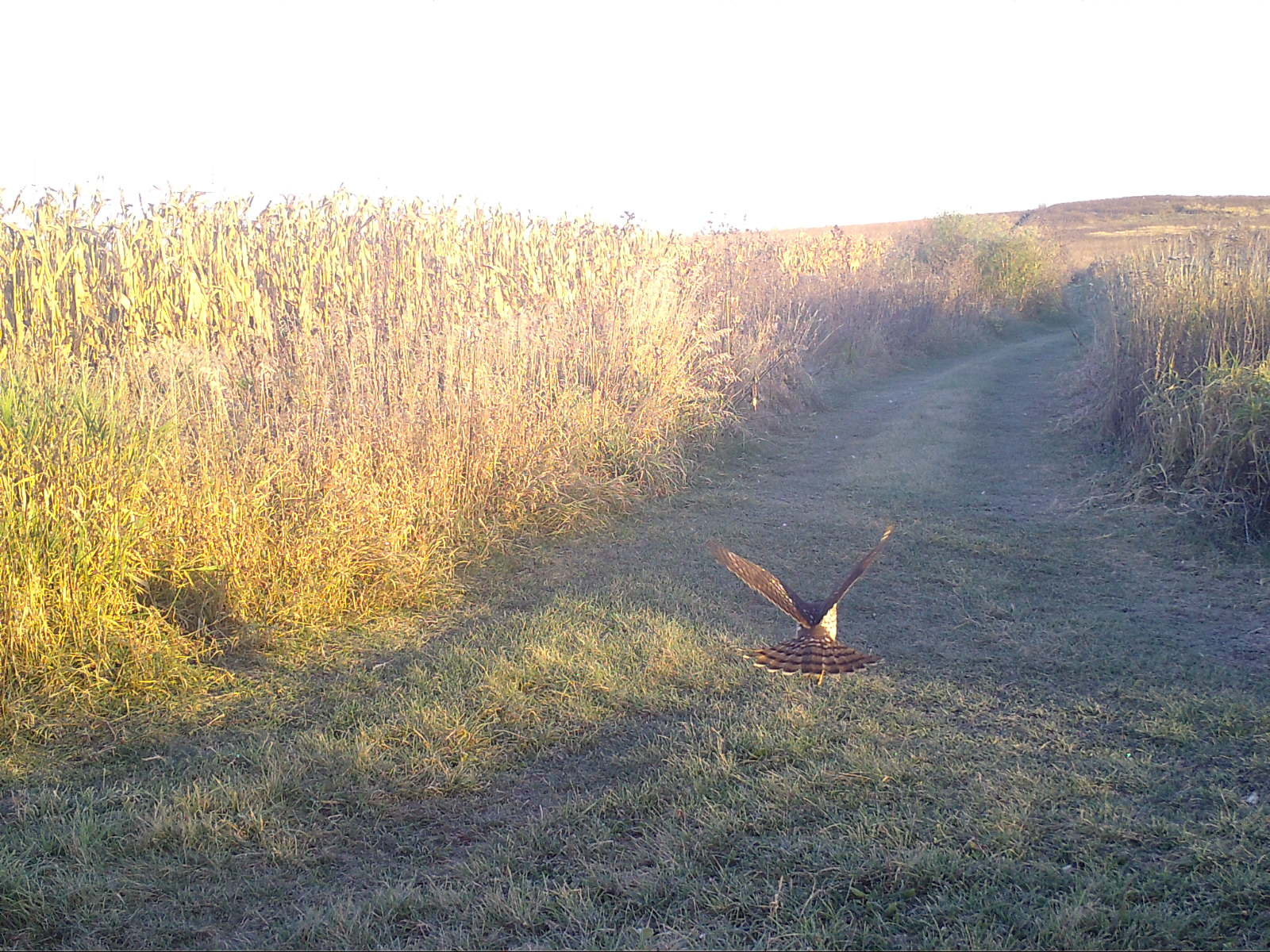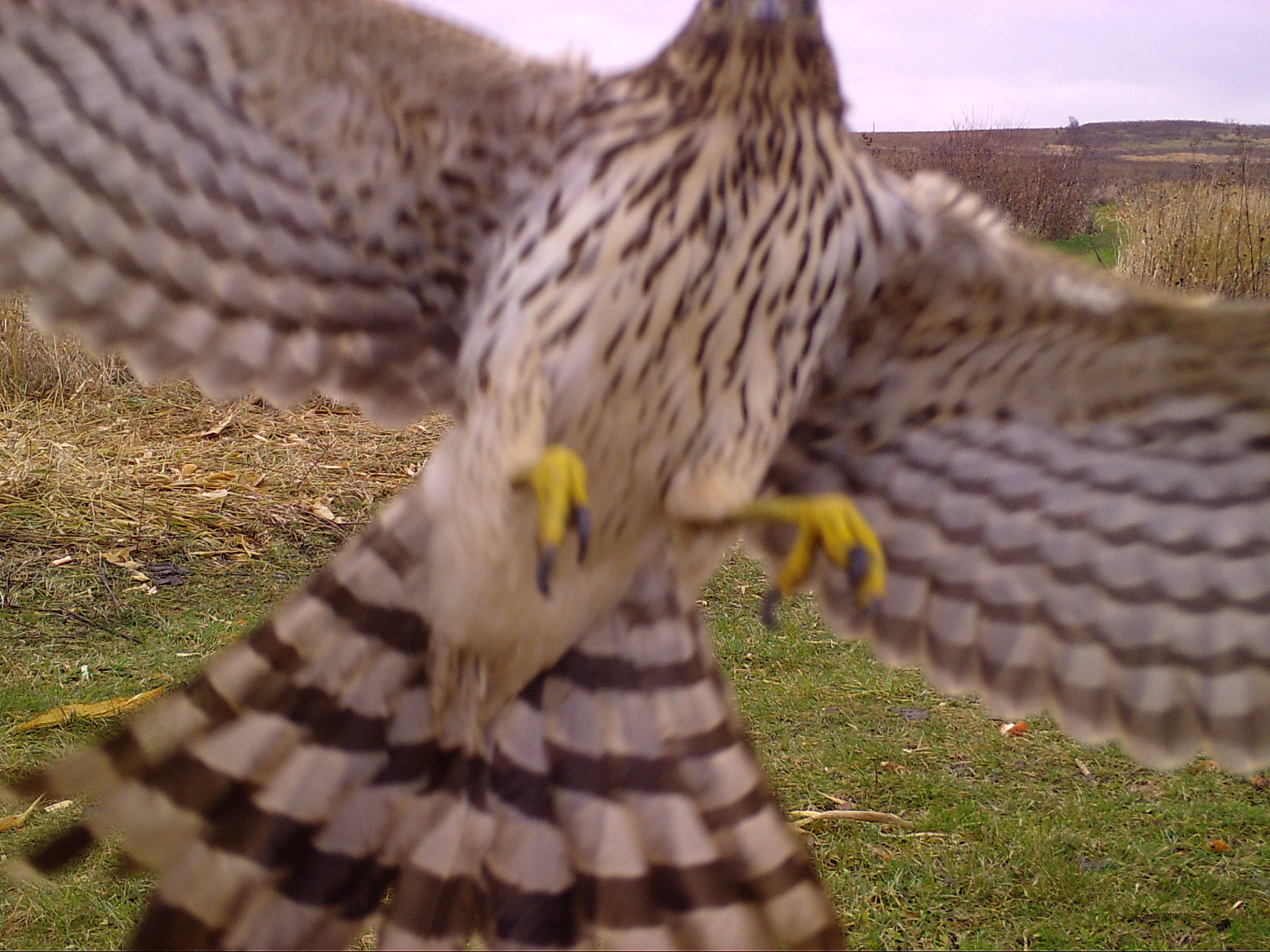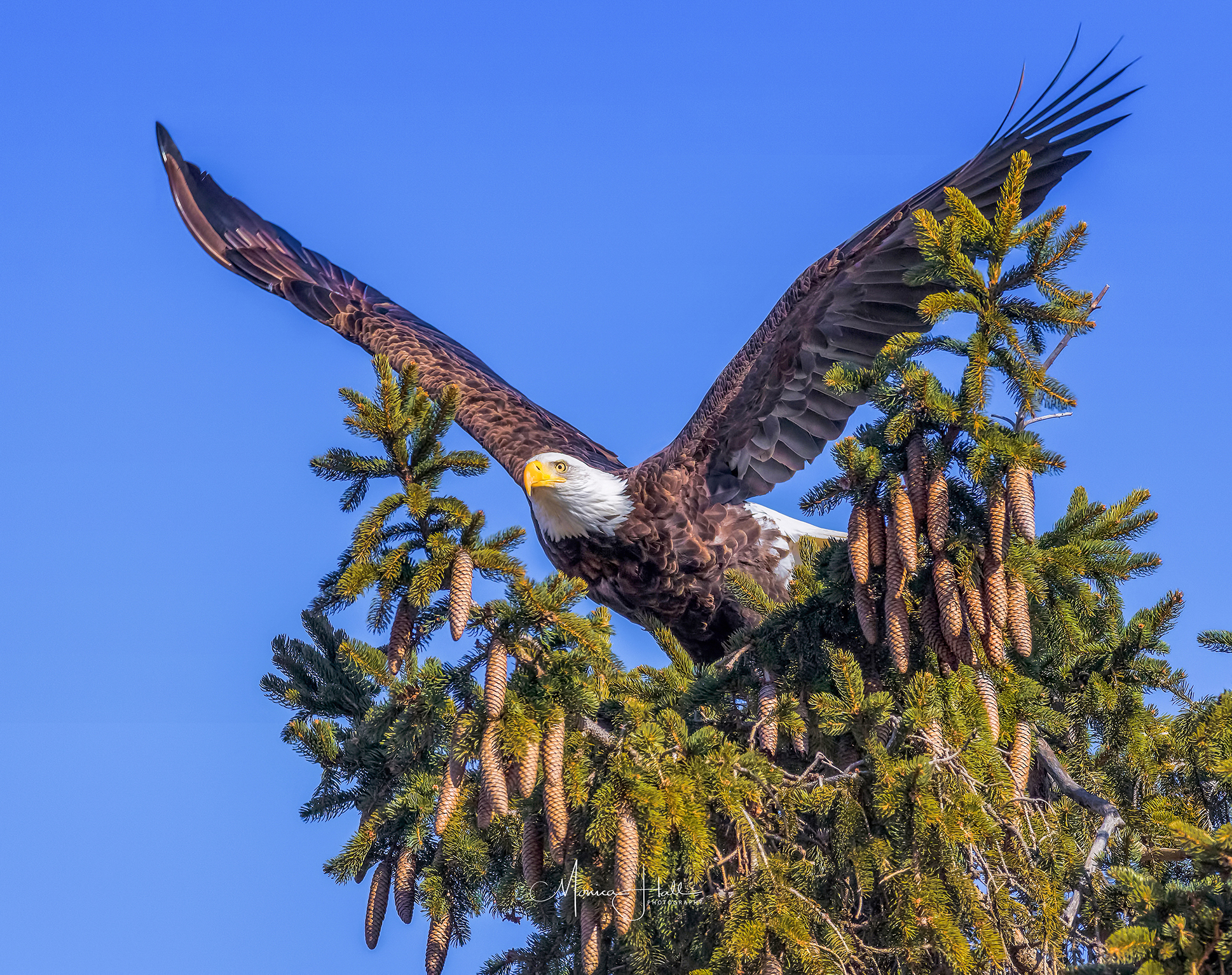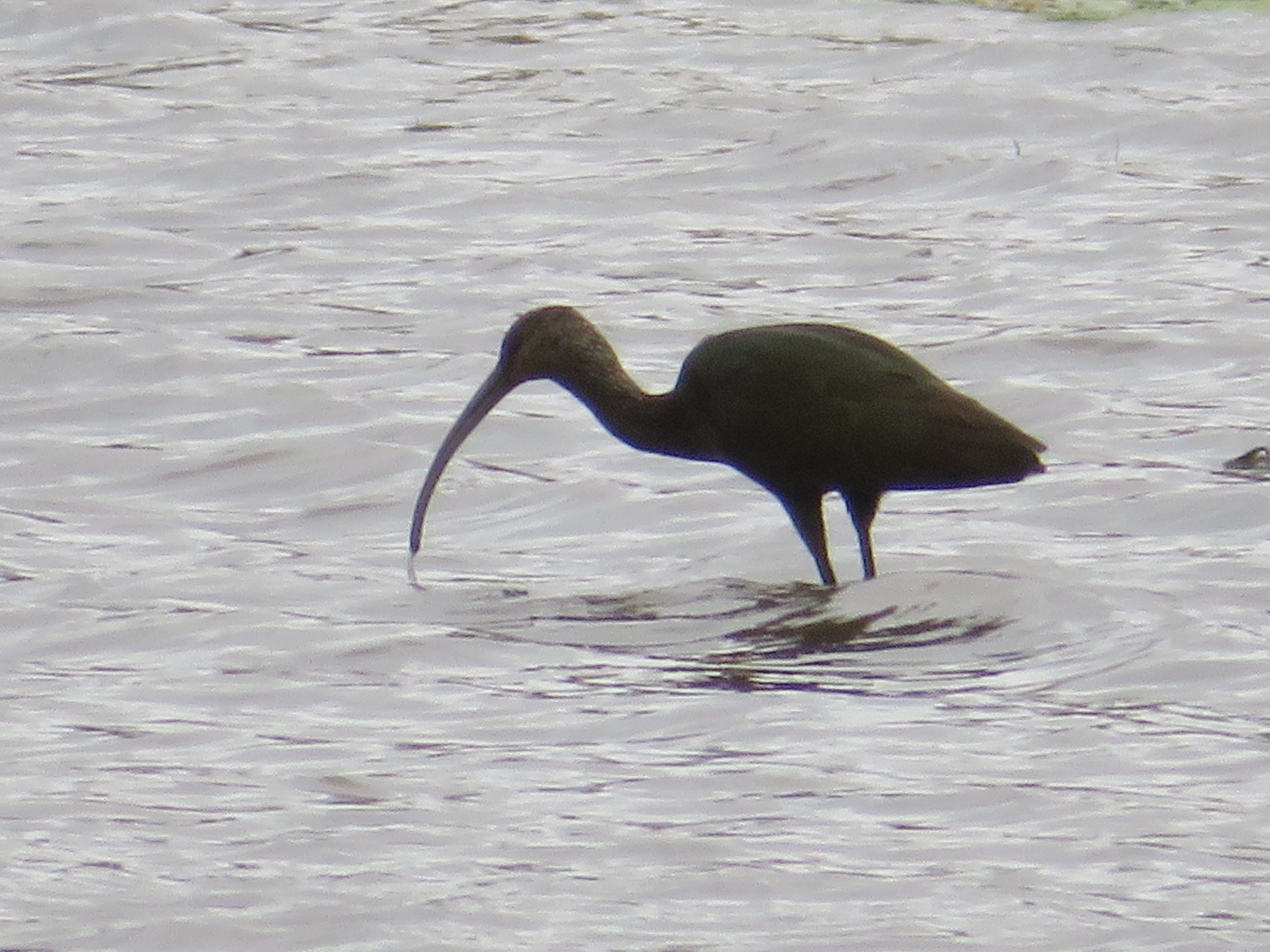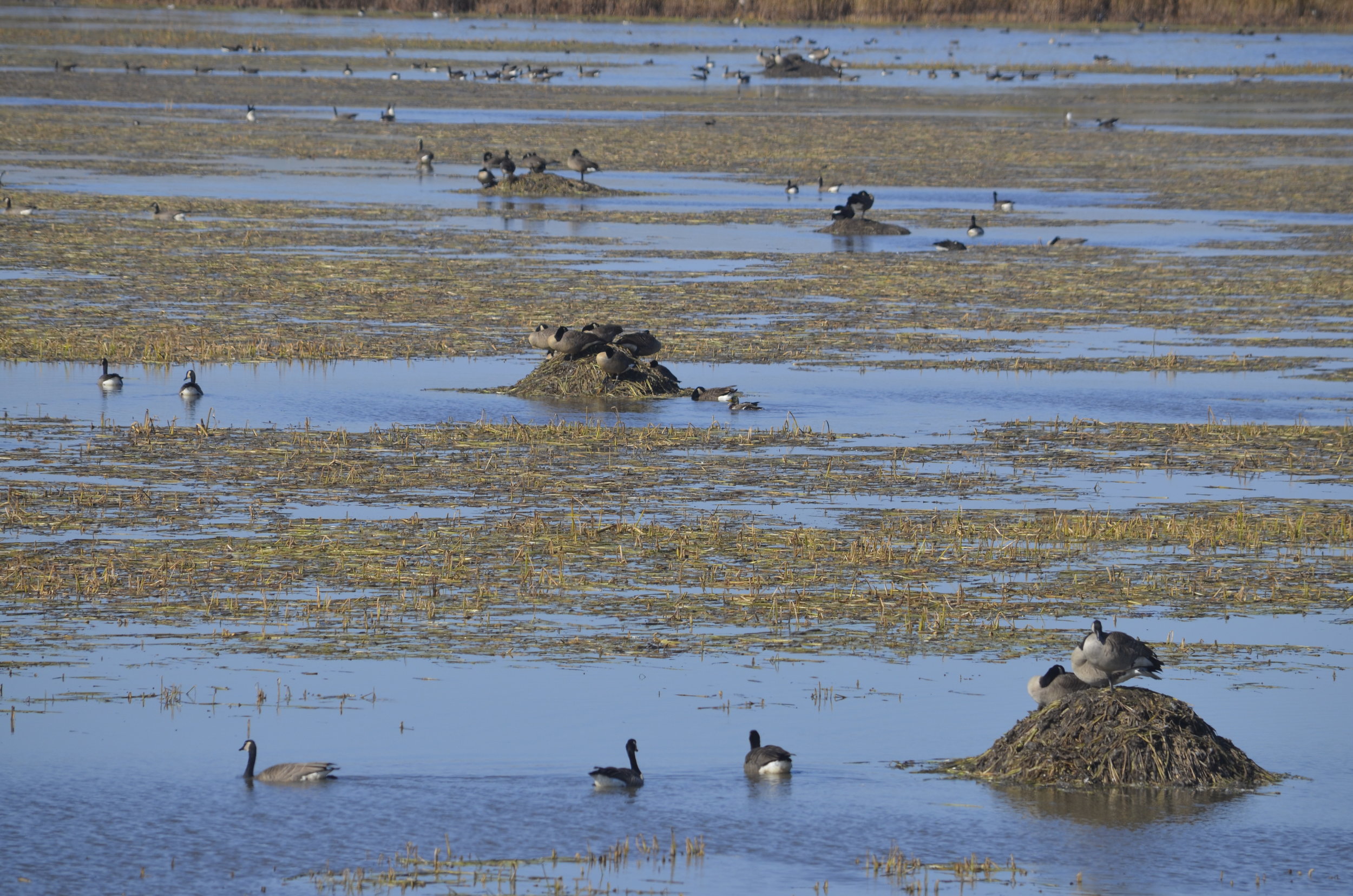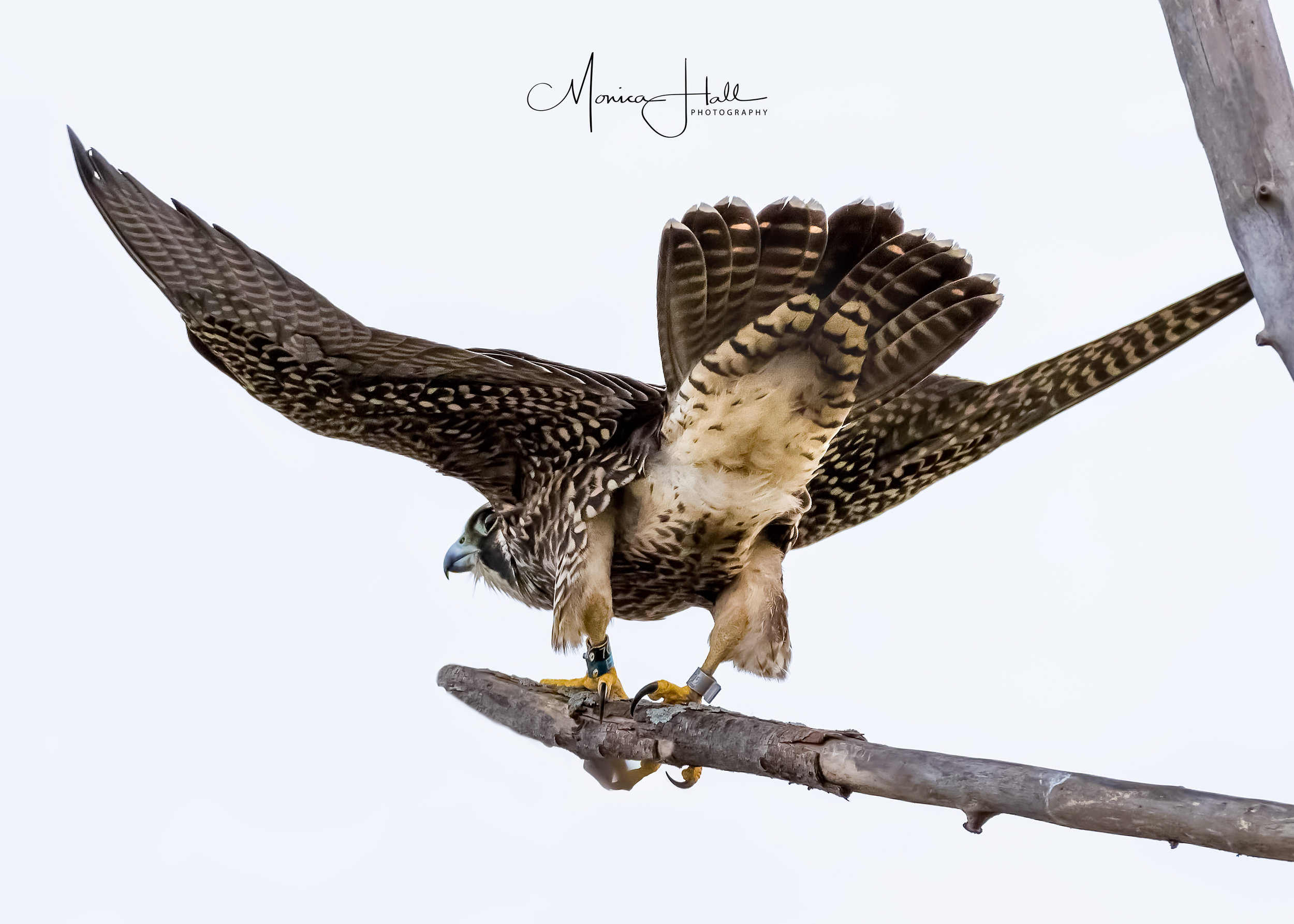Photo by US FWS Mountain-Prairie
A dilemma for management, the Sharp-tailed Grouse in Wisconsin has a unique history and ecology.
These grouse are a bit challenging because of their habitat requirements: reliant on the quilted communities of presettlement Wisconsin, a patchy landscape stitched together with fire. Unfortunately, for sharptails, fire suppression has had detrimental effects on the open landscapes they require.
From presettlement, the bird was abundant in savannas, pine and oak barrens, brush prairies, and shrublands throughout Wisconsin. By the 1930's, sharptails were extirpated from the southern third of the state, instead finding refuge in the clear-cut stands of central and northern Wisconsin. Their populations have contracted since, with strongholds in public wildlife areas like Crex Meadows, Namekagon Barrens, and Moquah Barrens.
Spread Eagle Barrens in northern Wisconsin, comprised of bracken grassland and scattered with jack pine, red pine, scrub oak, and quaking aspen. Photo by Wisconsin Department of Natural Resources
Research on Wisconsin's pine barrens suggests that this community has undergone rapid homogenization over the past 50 plus years, becoming hardly recognizable as an open barrens community with 50% canopy coverage; instead becoming a forest dominated by red pine, jack pine, and red maple, with 90% coverage. Unsurprisingly, as these barrens have declined in quality and even disappeared, populations of grouse have likewise declined and disappeared.
Photo by US FWS Mountain-Prairie
Efforts are underway to bolster the conservation of the species. Most promising is the northwest sands ecological region of Wisconsin, stretching from Crex Meadows in the southwest to Moquah Barrens in the northeast. Linking these public areas with suitable habitat on private lands will promote genetic exchange between sub-populations and bolster the health of the population.
Within the Barnes Barrens Management Area in Bayfield County forest, efforts are underway to manage for barrens habitat. In a conservation sense, this means managing for sharp-tailed grouse, but it also means managing for a suite of species that likewise rely on open landscapes and unique pine barrens. The state-threatened upland sandpiper and the state and federally-endangered Kirtland's warbler are among those possible beneficiaries. The county foresters have planned an 11,500 acre restoration of pine barrens, with a core area of open habitat surrounded by a continually shifting patchwork of clearcut, regenerating, and mature jack pine. You can view an awesome video and visualization of the restoration area below.
Another interesting aspect of the grouse's ecology is that it overwinters in Wisconsin. During this time, about the end of November, the birds will change their habitat to more forested areas where they dine on birch, aspen, and hazel buds and catkins. A completely open grassland does not satisfy their habitat requirements, nor does a closed forest, even though they use both habitats throughout the year. Shrubs like hazelnut are important for the grouse, both as a food source and as a refuge from predators and winter nights. Winter mortality can be as high as 71% in especially sever winters. In Wisconsin, sharptails were found to move more during heavy snow cover, likely in search of food.
Photo by Gerry, Flickr Creative Commons
While carving out a relatively stable range, the birds will move within that range, capable of flying up to 45 miles per hour. Young birds, especially non-breeding males, are likely to disperse and can travel up to 2 miles per day. The average range size depends upon the season and gender, with males occupying larger territories. Summer ranges are about 125 acres, while winter ranges expand to 350-650 acres. Habitat patches of about 1,300 acres are needed for the grouse to have viable populations, and ideally these larger habitat patches are strung together with smaller patches that allow for dispersal.
In spring the birds breed, and like their cousins the prairie chicken, they perform on a grassy upland site for the females, an arena called a “lek.” Females start laying eggs days after copulation, ending with 10-14 eggs that are incubated for 24 days, born precocious, flying in 10 days, and fully independent within 6-8 weeks. (Click on the photos below to advance the slideshow.)
Sharp-tailed grouse have not occupied Faville Grove for many decades, and will likely never return. It's important to cherish and conserve those remaining populations, so that a grouse is more than something hoped for, so that a child might not wonder why they were called “sharp-tailed” grouse—because of elongated central tail feathers, obvious on the lek where their splendid violet sides perfectly match the prairie violet and pasque flower.
Written by Drew Harry, Faville Grove Sanctuary land steward


